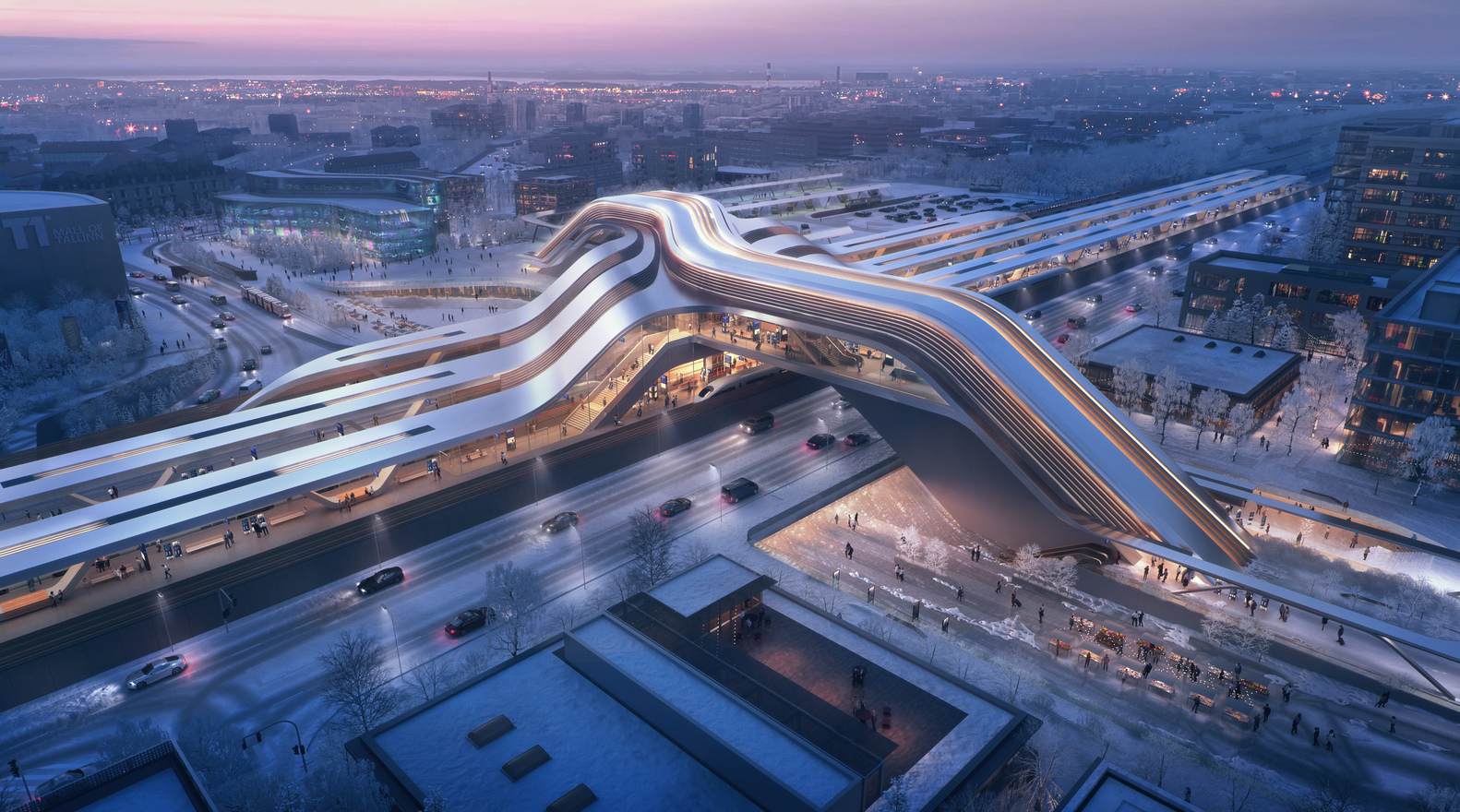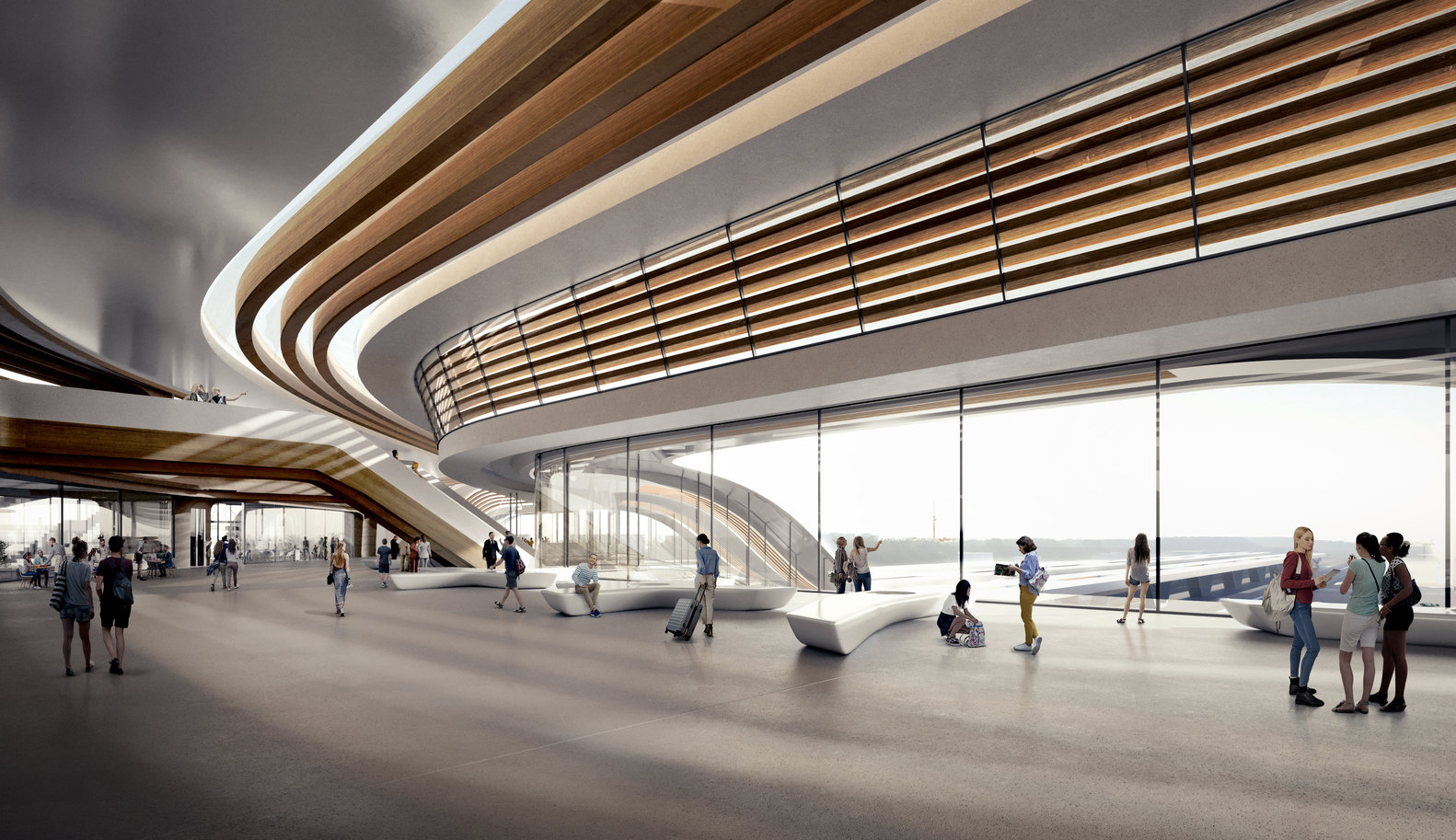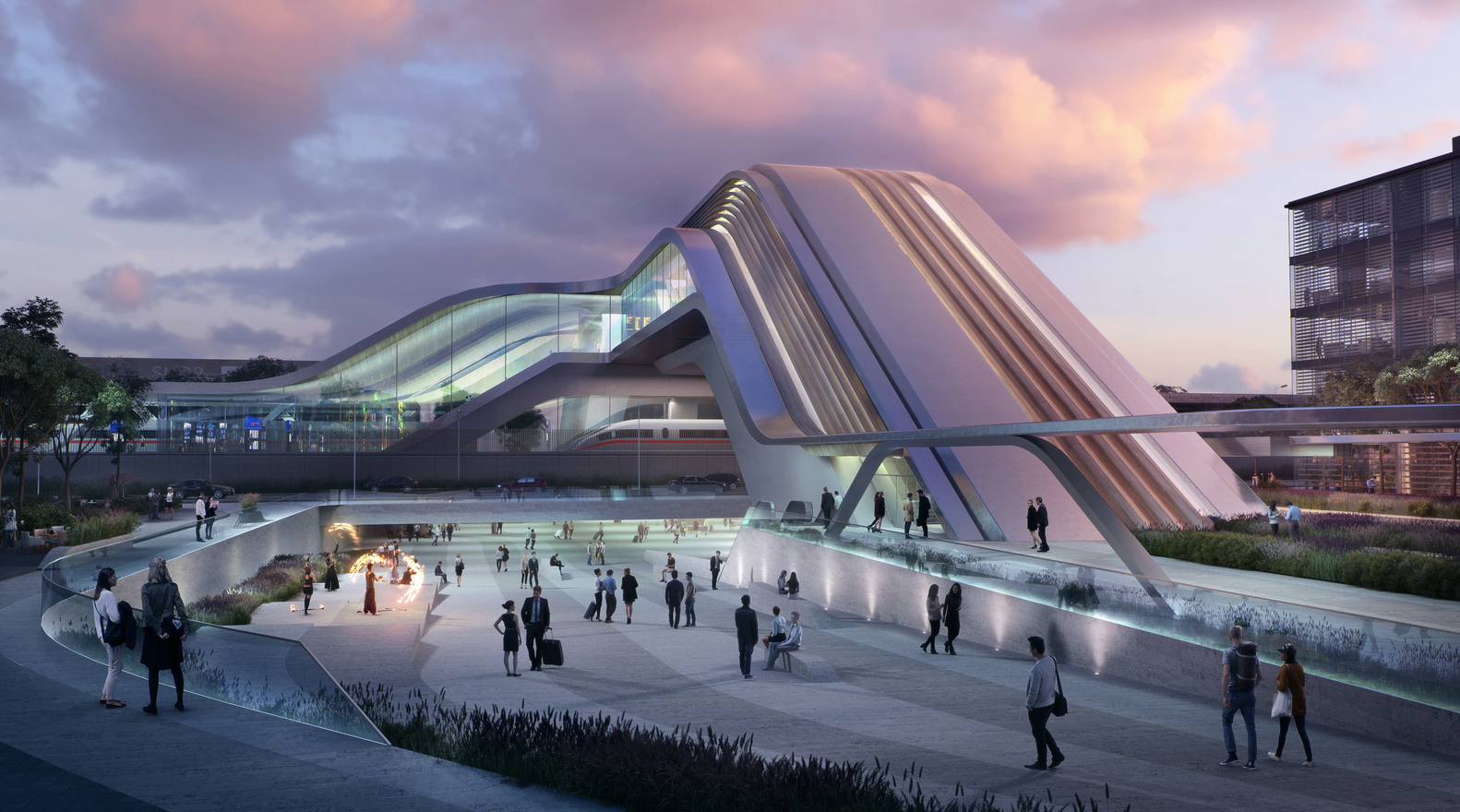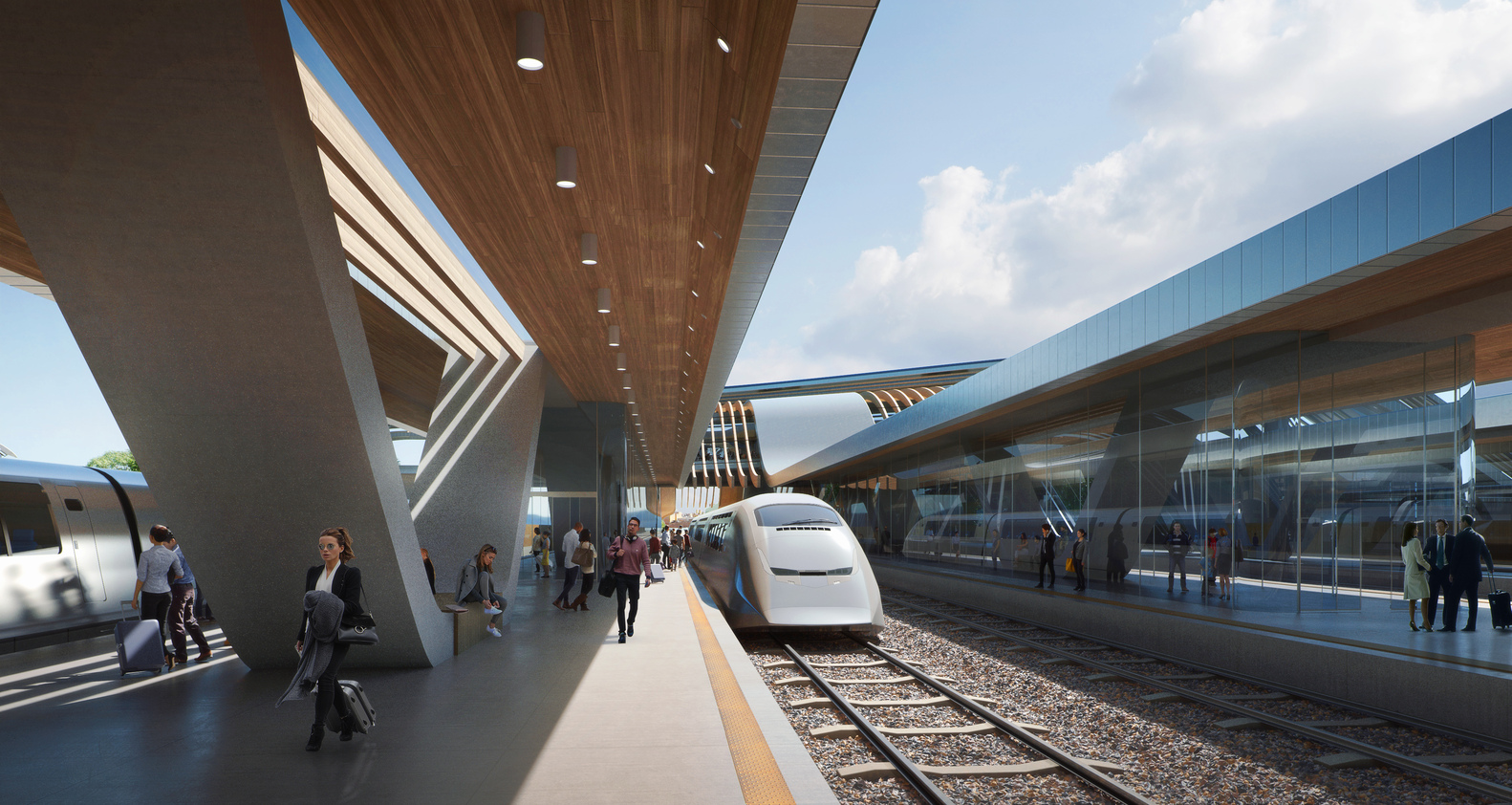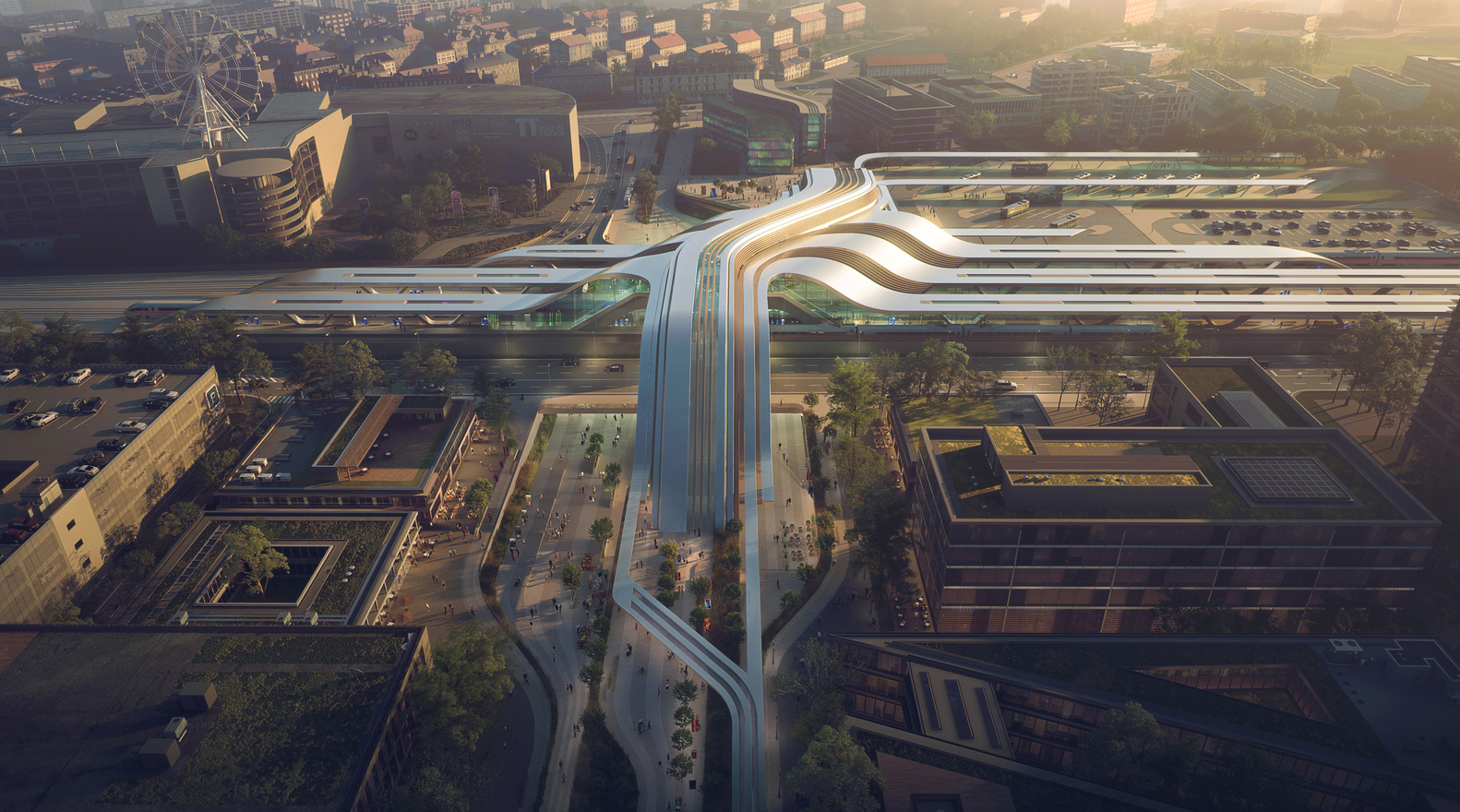Infrastructure
Rail Baltica: one of Europe’s biggest railway projects makes progress
Pyramid schemes: a look into Egypt’s megaprojects
As the Rail Baltica project continues to make slow progress, geopolitical events in the surrounding regions are proving critical in reinvigorating determination to see it through. Andrew Tunnicliffe looks at some of the challenges the project has faced.
S
aid to be the largest infrastructure project in the Baltics of a generation, Rail Baltica has been mired by delays since the signing of a cooperation agreement by Estonian, Latvian, and Lithuanian transport ministers back in 2001.
Its roots, however, can be traced back to the early 1990s, when the project was first mooted at several Pan-European transport conferences.
More than three decades since, its importance has never been so palpable; particularly given events in that part of Europe and the deteriorating relationship much of the continent has with the Kremlin.
During the mid-2010s there was a flurry of activity that resulted in a series of economic and cost-benefit studies being published, financing for the project being secured and clear proposals for the contracting of works to begin. By the end of the decade, the first raft of design contracts were finally signed.
Brightline senior vice president, corporate affairs, Ben Porritt
The Rail Baltica project and its challenges
The greenfield rail transport infrastructure project, overseen by a joint venture called RB Rail, aims to integrate the Baltic states into the European rail network. Including five European Union (EU) countries – Poland, Lithuania, Latvia, Estonia, and (indirectly) Finland – it will link Helsinki, Tallinn, Pärnu, Riga, Panevežys, Kaunas, Vilnius, and Warsaw.
Aside from being the largest single infrastructure project in the region for a generation – creating an estimated 36,000 jobs and costing €5.6bn – once completed it will be part of the EU’s North Sea Baltic Trans-European Transport Network (TEN-T) corridor.
As a continuous link, it will boast 870km of track, facilitating both passenger and freight, running at speeds of up to 249km and 120km respectively. It will comprise three multimodal terminals, a minimum of seven passenger stations and proposed sea and airport links in the region.
RB Rail says the project is a “priority transport project” of the EU, stating it will help remove bottlenecks, resulting in the construction of currently missing cross-border connections, and promote modal integration and interoperability.
It will integrate the Baltic States into the European rail network, the company says, and prove a “symbolic return of the Baltic states to Europe”.
RB Rail says the network will be modern, safe, and environmentally friendly. As well as utilising some of the newest materials to be used in construction, the project will introduce new intermodal freight terminals in each of the countries, allowing “fast and efficient transfer of containerized cargo between different transport modes”.
Passenger station terminals will connect different urban, regional, and long-distance services with car and bike parking, shopping, and recreational areas. Services, which will be fully electric to help reduce the carbon footprint, will use the latest generation of European railway traffic management system (ERTMS).
“The line is planned so that it avoids the Natura 2000 protected areas as far as possible and without significant impact on other environmentally sensitive protected areas,” adds RB Rail. “Wherever necessary, noise protection barriers will be installed. Special animal passages will be built through the embankment.”
However, the project poses two significant challenges: how to connect Helsinki to Tallinn and how best to move Baltic railways away from the Russian standard gauge – aligning them with Western Europe’s gauges – which is particularly important given the geopolitical crisis facing that part of the continent.
It will unify European transport by connecting the Baltic region’s 1,520mm broad gauge track to the 1,435mm standard gauge track used by European countries, linking Helsinki to Tallinn through a ferry connection; after which the Rail Baltica line will continue on a 1,435mm line through Riga, Kaunas, to Białystok and Warsaw in Poland, and on to Berlin.
In 2020 work began on the design and construction of the main line in Estonia, Latvia, and Lithuania. The same year construction of the 1,435mm gauge railway connecting to the existing freight terminal in Kaunas in Lithuania was completed, and design work at Latvia’s freight terminal in Salaspils, and Muuga and Pärnu in Estonia also began.
Allegations of mismanagement
Despite continued progress on the design and build of the huge project – with contract agreements ramping up in recent months – the initiative can’t shake off its troubles.
Among them have been delays, spiralling costs, often competing objectives of the governments involved and managerial challenges. Those delays and criticisms were evidently ongoing as recently as late last year.
“When I assumed the position of the Minister of Transport, one of the most unpleasant surprises was the identified shortcomings in the management of the Rail Baltica project and in the regulatory acts,” said Latvia’s Minister of Transport Janis Vitenbergs, appointed in December 2022.
He was speaking in mid-February, announcing the creation of a new bureaucratic body that is hoped to speed up the project, which is estimated to be around four years behind its original schedule.
Vitenbergs later spoke with Latvia’s state broadcaster LTV, warning that instability at the management level of RB Rail was hurting the project. His frustration was evident when news broke that RB Rail’s longstanding Chairman Agnis Driksna was to leave his post.
Driksna and his managerial colleagues had been coming under increasing pressure from Vitenbergs and the government to explain why the project was moving slower than expected.

Demolition of the Titanic building in the centre of Riga in July 2022, to prepare for construction of the Rail Baltica train station. Credit: Ingus Kruklitis/Shutterstock
Just weeks earlier Latvia’s Ministry for Transport ordered RB Rail to clarify the cause of delays and devise a plan for getting the project back on track. It said events in Ukraine and the pandemic were not the only cause of problems, adding regulatory compliance concerns and management issues were also to blame.
In addition, projected costs for the multi-billion-Euro project continue to rise above initial estimates. At the end of 2022, it was reported costs for the Estonia section alone were expected to be €1.8bn, almost double what had originally been projected.
Speaking to Estonia’s daily newspaper, Postimees, Anvar Salomets, Chair of the board at RB Estonia, acknowledged the difficulties this section had faced, saying: “It is indeed the case that the design of the main route of the railway has proved difficult.”
Noting expenditure had risen in recent times, the European Commission said it was prepared to cover up to 85% of the project’s funding. By the middle of 2022, the initiative’s expected total costs had risen closer to €7bn.
The move, said Catherine Trautmann, the European coordinator of the North-Sea Baltic TEN-T Corridor, was in response to the growing importance Rail Baltica was to the region’s security in light of Russia’s actions.
Improving connections with Europe
Noting expenditure had risen in recent times, the European Commission said it was prepared to cover up to 85% of the project’s funding. By the middle of 2022, the initiative’s expected total costs had risen closer to €7bn.
The move, said Catherine Trautmann, the European coordinator of the North-Sea Baltic TEN-T Corridor, was in response to the growing importance Rail Baltica was to the region’s security in light of Russia’s actions.
"We need to bring the Baltics and Finland closer to the EU not primarily, but also for military use,” she said at an industry event in December.
She added that since the situation had changed it was obvious to everybody that the Baltic states and Finland needed to be better connected to the rest of the EU, not only for development and prosperity but also for peace and security.
“Troops and military equipment should be able to travel to the EU swiftly to ensure the defence of the EU and NATO. This point becomes relevant as Finland and Sweden are joining NATO,” she said.
We are convinced that Rail Baltica should be realized as fast as possible. It is important also for security reasons.
It was a view echoed by German Minister for Digital and Transport Volker Wissing during a visit to a construction site in Riga in February.
“We are convinced that Rail Baltica should be realized as fast as possible. It is important also for security reasons,” he said. “The geopolitical situation has changed a lot in the last year and it is important that we have a reaction on that.”
Not foreseeing any major disasters, it’s clear this project will reach completion – albeit later than was first anticipated. However, how it gets there remains to be seen. It seems events in Ukraine have, oddly, resulted in a more favourable environment for the project though, serving to reinforce its importance and galvanise authorities’ determination to see it through.
No doubt, though, there will continue to be obstacles along the way; what they are and how they’ll be addressed time will tell, as will it about Europe’s determination for even greater closeness.
Main image: A BNSF Railway freight train snakes along the Clark Fork River near Thompson Falls, MT. Credit: Drew Halverson | Shutterstock
